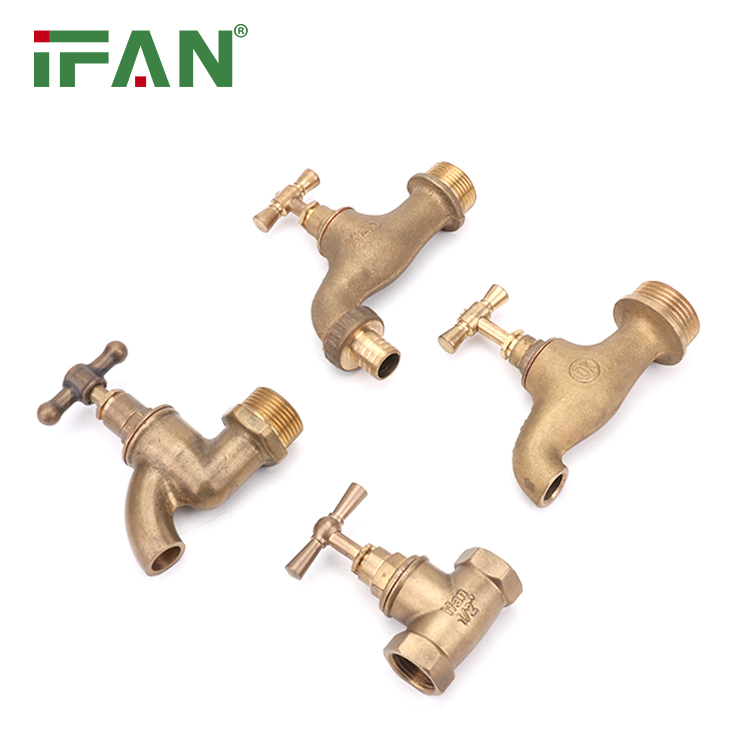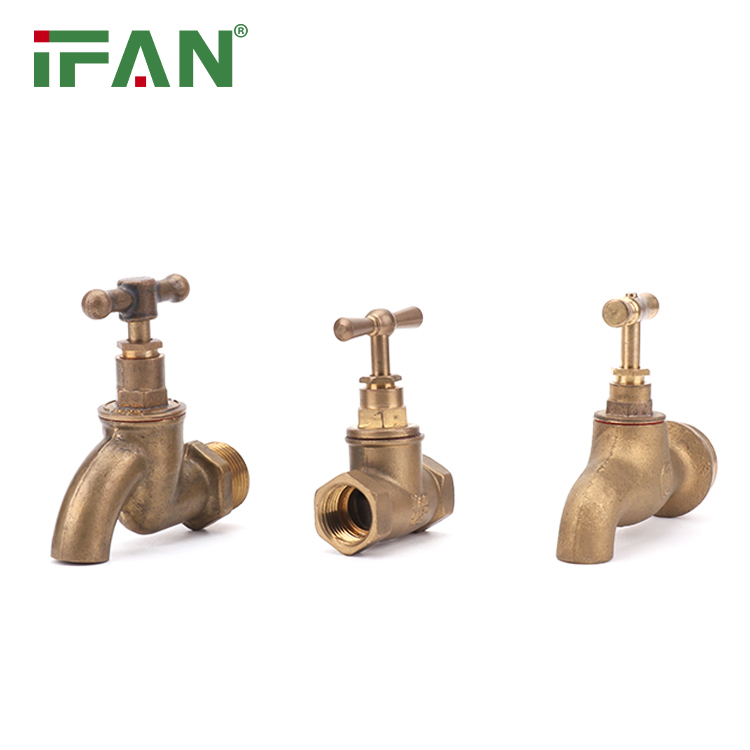A bibcock valve, also known as a hose bib or garden tap, is a type of valve used for outdoor water connections and garden use. It is a common fixture found in residential, commercial, and industrial settings. In this overview, we will explore the key features, functions, and applications of bibcock valves. Let’s break down each aspect into separate sections.
Design and Components
Bibcock valves typically consist of several key components:
- Body: The body of a bibcock valve is usually made of brass or other durable materials. It houses the internal mechanisms and provides structural integrity.
- Handle: Bibcocks have a handle, handwheel, or lever for easy operation. It is used to open or close the valve, controlling the flow of water.
- Spout or Outlet: The spout or outlet of a bibcock valve is where the water flows out. It is designed to accommodate various connections, such as hoses or accessories.
- Threads: Bibcock valves feature threaded connections, allowing for easy installation and connection to water supply systems or hoses.

Function and Operation
The primary function of a bibcock valve is to supply water to outdoor areas or connect hoses for various purposes. Here’s how it operates:
- Water Supply: Bibcock valves are connected to a water supply system, typically through a threaded connection. When the valve is open, water flows through the valve and out of the spout.
- Controlled Flow: By operating the handle or lever, the flow of water can be controlled. The valve can be fully open, allowing for maximum flow, partially open for a reduced flow, or completely closed to stop the flow altogether.
- Hose Connection: The threaded outlet of a bibcock valve is designed to accommodate hoses or other accessories. By attaching a hose, users can direct the water flow to specific areas, such as gardens, patios, or for washing vehicles.
Applications and Benefits
Bibcock valves are widely used in residential, commercial, and industrial settings due to their versatility and convenience. Here are some common applications and benefits:
- Outdoor Water Supply: Bibcock valves are commonly installed on the exterior walls of buildings, providing easy access to water for outdoor use. They are particularly useful for gardening, irrigation, and washing outdoor surfaces.
- Hose Connection: The threaded outlet of a bibcock valve allows for easy connection to hoses. This makes it convenient for tasks such as watering plants, filling buckets, or washing vehicles.
- Durability and Reliability: Bibcock valves are typically made of brass or other robust materials, ensuring durability and resistance to corrosion. They are designed to withstand outdoor conditions and provide reliable water supply over an extended period.
- Easy Installation and Maintenance: Bibcock valves are relatively simple to install, thanks to their threaded connections. They are also easy to maintain, with straightforward access to internal components for repairs or replacements.
Conclusion
Bibcock valves are essential fixtures for outdoor water connections and garden use. With their durable construction, threaded connections, and easy operation, they provide a reliable and convenient way to control and supply water to various outdoor areas. Whether for gardening, irrigation, or other outdoor water needs, bibcock valves offer a practical solution for efficient water distribution.






